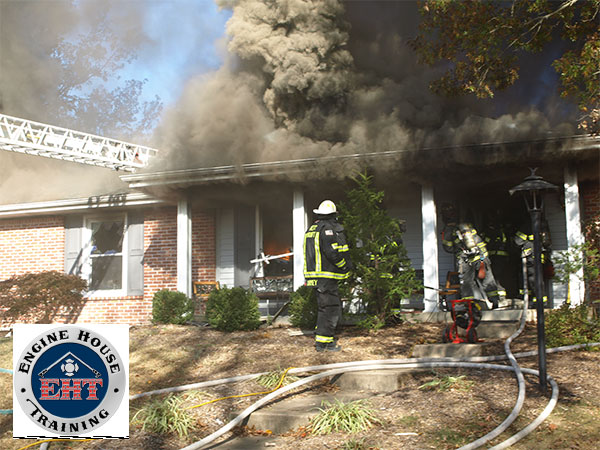
By Brian Zaitz
Ventilation is a task that must be performed on nearly every fire, and it must be coordinated, communicated, and correct–the three Cs of ventilation.
Coordinated ventilation is key; the vent crew must coordinate their ventilation tactic with the fire attack crew so as to vent the area just prior to or at the same time as the fire attack crew begins to flow water. If the vent is too early, rapid fire growth will occur, and the once-controllable fire building will end up being a parking lot. If the ventilation occurs after water flow, the attack crew will not receive the maximum benefits and the products of incomplete combustion (smoke, hot gases, and toxic chemicals) will flow throughout the building, seeking the path of least resistance. Coordinated ventilation can only occur with routine training and communication.
Training Minutes: Coordinated Ventilation
Venting for Fire, Venting for Life
Fire Ventilation and Flow Path Control: Michael Reick
Caught in the Flow Path: Fighting a Basement Fire on the Fourth Floor
Communication is critical. For coordination to occur, the vent crew and fire attack crew must communicate progress and changes. The crews provide each other eyes and ears on the opposite side. Fire attack can provide interior changes and progress, while the vent crew can provide updates on the exterior as well as progress such as smoke changes. As with anything on the fireground, it must be communicated and correct.
The concept of “correct” seems simple enough, but may be more complicated then it seems. Ventilation comes in many forms and is much more than just a fan. Positive pressure, hydraulic, vertical, horizontal, negative, and natural are all examples of ventilation methods; fans, roof cuts, window removal, and flowing water are examples of tactics to effect ventilation. These methods and tactics must be appropriate (correct) to the building, the fire, and the fire attack tactic. Choosing the correct ventilation is much more than grabbing a saw or a fan. It takes routine practice and experience to understand how it will affect the fire, the building, and, most importantly, those inside the structure. Always ensure ventilation is coordinated, communicated, and correct.
Download this week’s drill as a PDF HERE (413 KB).
Brian Zaitz is a 14-year student of the fire service, currently assigned as the captain/training officer with the Metro West (MO) Fire Protection District. Brian is an instructor with Engine House Training, LLC as well as instructor at the St. Louis County Fire Academy. Brian holds several degrees, including an associates in paramedic technology, a bachelors in fire science management, and a masters in human resource development. Brian is currently and accredited chief training officer and student of the National Fire Academy’s Executive Fire Officer Program.
MORE THROW BACK TO BASICS
- Webbing
- Exposures
- Firefighter Bailout
-
Air Bags
- Ground Ladder Markings
- Riding Assignments
- SCBA Check
- Catching a Hydrant
- Forcible Entry for the Lone Firefighter
- Forcible Entry: Inward-Swinging Door
- Hoselines
RELATED FIREFIGHTER TRAINING
- Coordinated ventilation has a role
- The Fire Attack-Ventilation Connection: Street Considerations
- Controlling the Openings: Is This the Future of Ventilation ?
- Clearing the Air: Common Ventilation Misconceptions
- Mastering Ventilation to Decrease Firefighter Injuries and Deaths
- Ventilation -Limited Fires in Residential Buildings


